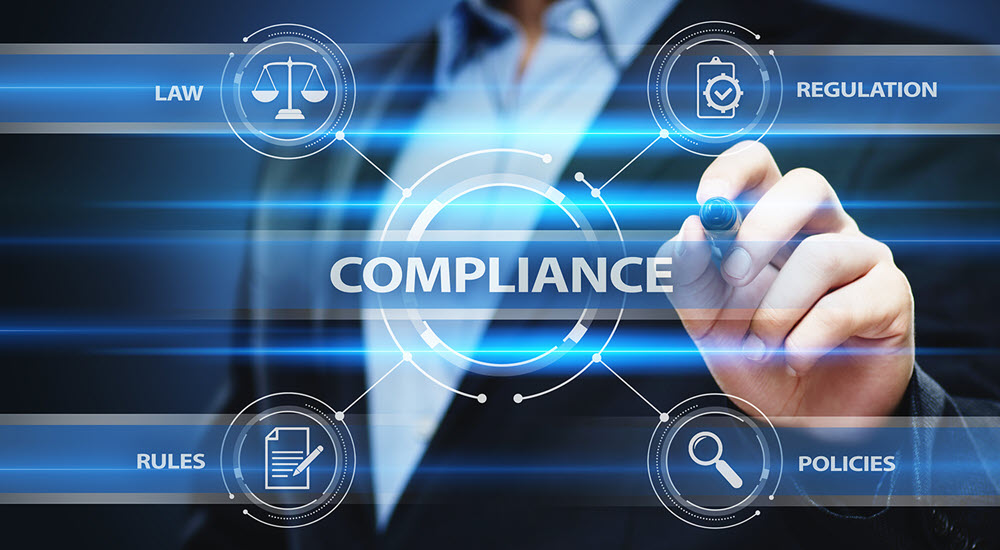EQMS Blog

How To Implement An ISO 27001 ISMS
What are ISMS and ISO 27001?
An Information Security Management System (ISMS), is a methodical approach to controlling sensitive and confidential information, in order to keep it secure (accessible, confidential, and uncompromised). Information security involves protecting information databases and systems against unauthorised access, harmful software and unauthorised usage. ISO 27001 is an extensive standard, that provides guidelines on many elements of implementing an ISMS.
Implementation of an ISO 27001 ISMS
Recognised international certification bodies, promotes a uniform approach to the implementation of an ISO 27001 ISMS. It is critical to engage adequately skilled and qualified professionals to implement and maintain your ISMS. Whether ISO 27001 Consultants or organisational personnel is used, then they need an acceptable level of expertise. ISO 27001 can be implemented by any organisation, regardless of size, industry, or stakeholder structure.
Following are the required steps to implement an ISO 27001 ISMS.
Define Goals
While starting the implementation process, it is important to be clear about the goals and objectives that are to be achieved with this implementation. It starts by appointing a project leader at top level and a team working under their supervision to achieve these goals. Delegate projects to responsible individuals, set deadlines and receive notifications for any project modifications. This will assist you in monitoring performance and managing remedial action execution.
Implementation Plan
Once the team is assembled, work on the project strategy and ISO 27001 ISMS scope. The implementation plan includes policies and procedures which encompass the roles and responsibilities of all personnel involved, methods of external and internal communication and ideas for continuous improvement. The next step is to initiate the plan and develop an implementation methodology for the ISMS.
Create an Asset Inventory
Create an inventory of assets, along with a risk analysis and treatment approach. It is the inventory of the data you intend to secure, as well as the additional assets linked with it, such as hardware, programming and databases.
Form a Risk Management Framework
The sole purpose of an ISO 27001 ISMS, is to protect the confidential data of organisations that may compromise their business security. It is all about management of risks to the privacy, authenticity, and availability of information. Although the framework is not specifically required, you must implement a framework that incorporates a risk evaluation procedure. The framework must generate risk treatment alternatives, that take the risk assessment results into account.
Risk Assessment and Treatment
This is the most crucial task in the implementation of an ISO 27001 ISMS. Keep risk management as practical as possible, while keeping your company’s business strategy in mind. Identify threats that are unique to your business type. Streamline the risk management process and make spreadsheets with computerised calculations, or use external software solutions. Compare these controls with a recognised framework.
You must choose a treatment for every risk identified. It is possible to avoid risk by choosing not to begin or proceed with the action that causes the risk, eliminating the risk origin, modifying the outcomes, and maintaining risk through informed decision.
Review the Results
It is recommended to repeat this step annually. It helps in monitoring the evolving risks and new threats. The primary goal of the review process is to determine if an ISO 27001 ISMS is actively stopping data breaches. However, the process is more complicated than that. It is important to compare the result to the goals specified in the project mandate.
Certification
Once the results are reviewed and risks are well managed, the organisation can apply for certification from an accredited certification body. This demonstrates to customers that the ISMS is efficient and the organisation recognises the value of information security. The certification process will include a review of the ISMS documentation to ensure that the necessary controls are in place. In addition, the accredited certification body will perform a compliance check to put the procedures to the test.
If you are interested in support with your ISMS, or interested in outsourcing your internal audits, then contact us for a free consultation.
Continue to ISO 27001 Consultants
Request a free consultation
Contact us to discuss your needs and see how we can support to reach your goal.

Recent posts

In today's digital age, businesses are constantly exposed to various cyber threats. As a result, companies must adopt a proactive approach to cybersecurity to prevent data breaches, theft, and other...

Quality management systems are essential in ensuring that organisations can deliver quality products and services consistently. The International Organisation for Standardization (ISO) developed the ISO 9001 standard to help organisations...

ISO 14001 is a globally recognised standard for environmental management systems (EMS) that helps organisations manage their environmental impact and improve their sustainability performance. Obtaining this certification demonstrates a company's...
Just a Few of Our Clients
Request a Free Consultation
Contact us to discuss your needs and see how we can support to reach your goal.












